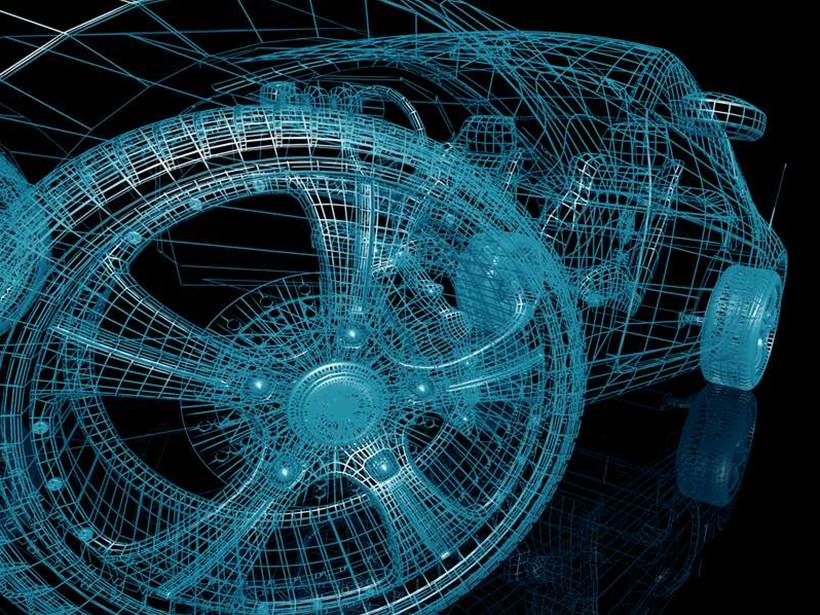The push towards fully autonomous vehicles is bringing technology and vehicle manufacturers together at an unprecedented rate and, according to an Intel executive, the differing development mindsets between these two industries will be a significant challenge to overcome.
“To build a car and get into the manufacturing cycle doesn’t happen overnight – it happens over months and months of planning,” said Bridget Karlin, Intel’s managing director for IoT strategy.
This sort of development cycle means that car manufacturers refresh their products every few years, compared to technology companies which can release new products and developments on a yearly basis, and in many cases, sooner.
Speaking at the recent Intel Developer Forum in San Francisco, Karlin said that one of the goals of Intel’s collaboration with BMW and Mobileye – to create an open autonomous vehicle platform – would help to ensure the impacts of differing manufacturing cycles would be mitigated.
“I can’t speak to whether or not BMW is faster than Lexus or Toyota or Audi in terms of their manufacturing cycles, but I can tell you that this speaks directly to our objective of having an open, scalable platform for autonomous vehicles.
“So the best we can do is be clear that the collaboration has to be broad, the standards need to be open, and accept that manufacturing cycles will vary.”
She hopes that the creation of an “open infrastructure” will allow for security and interoperability issues to be addressed as they arise from both sides.
As part of the recent announcement, Intel, BMW and Mobileye have set a target for 2021 to manufacture a fully autonomous vehicle, a target which Karlin believes is achievable, despite the relatively short timespan.
“Intel has committed hundreds of engineers to this initiative, as well as millions of dollars, and I think we’re applying the right amount of rigour to ensure that this gets developed in that timeframe,” she said.
Integrating autonomous vehicles into smart cities
Karlin is looking forward to a future where autonomous vehicles not only transform the mobility industry, but also integrate closely with smart cities and smart city infrastructure around the world.
“The smart city is an umbrella term, and we will start to fill in cities with smart functions, such as autonomous vehicles, smart lighting, air quality detection, monitoring water and energy usage, and so on,” she explained.
“The data from vehicles will combine with data from sensors in the road and on infrastructure, and will create an explosion of data that will be able to be used by intelligent smart city algorithms.
“This, in turn, will lead to more conveniences, safer conditions, more accurate navigation, and so on.”
Karlin acknowledged that the journey towards autonomous vehicle and smart city integration will take longer in certain countries, due to the varying levels of progress being made with smart city initiatives.
“We are all at different stages of communications standards and infrastructure capability, and in a lot of places, we have some really old infrastructure out there which just won’t work in a smart city and autonomous vehicle future,” she noted.
“That’s why we’ll start to see adoption in stages, which will be directly tied to environmental conditions and the infrastructure available.
“There are also challenges around the lack of standards, for both smart cities and autonomous vehicles.”
Peter Gutierrez attended the Intel Developer Forum in San Francisco as a guest of Intel.







